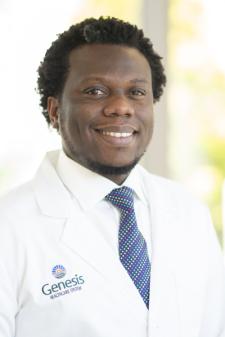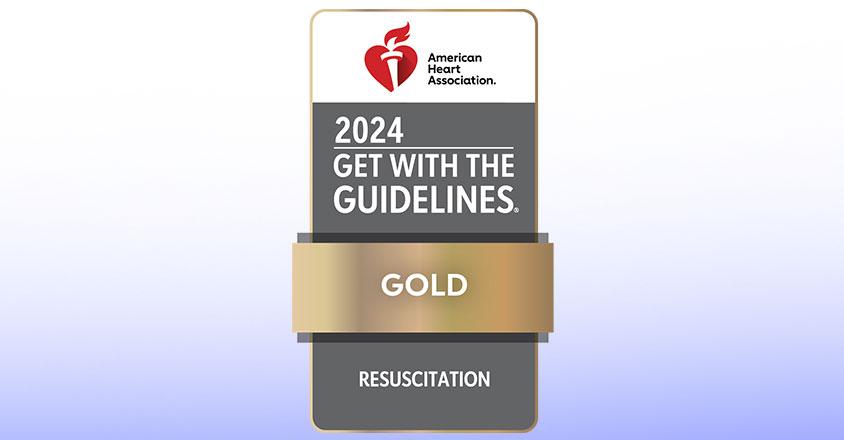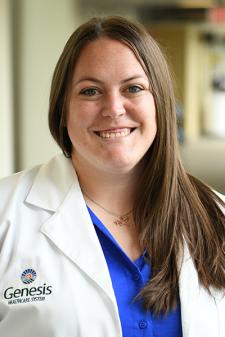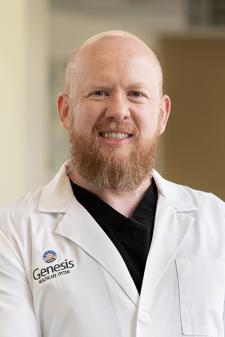Sandhu, Avneek Singh
2951 Maple Ave
Zanesville, OH 43701
United States
Avneek Sandhu, M.D., practices at the Genesis Cancer Care Center, specializing in hematology and oncology. Dr. Sandhu completed his medical training at Maharishi Markandeshwar Institute of Medical Sciences & Research, India. He continued his education as a research scholar and clinical observer at the Mayo Clinic in Rochester, Minnesota. Dr. Sandhu completed an internal medicine residency and a hematology and medical oncology fellowship at Kettering Health Network, Dayton, Ohio. He participates in various sports activities, including swimming, soccer, cricket and squash in his free time.
Medical Oncology - Kettering Health Network, Dayton, Ohio.
Maharishi Markandeshwar Institute of Medical Sciences & Research, India
Internal Medicine - Kettering Health Network, Dayton, Ohio
Hematology & Medical Oncology - Kettering Health Network, Dayton, Ohio
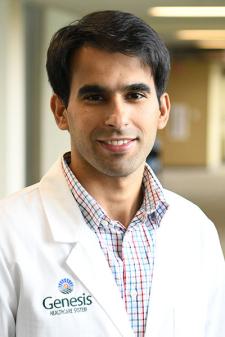
Avneek Sandhu, M.D., practices at the Genesis Cancer Care Center, specializing in hematology and oncology.
2951 Maple Ave
Zanesville, OH 43701
United States
